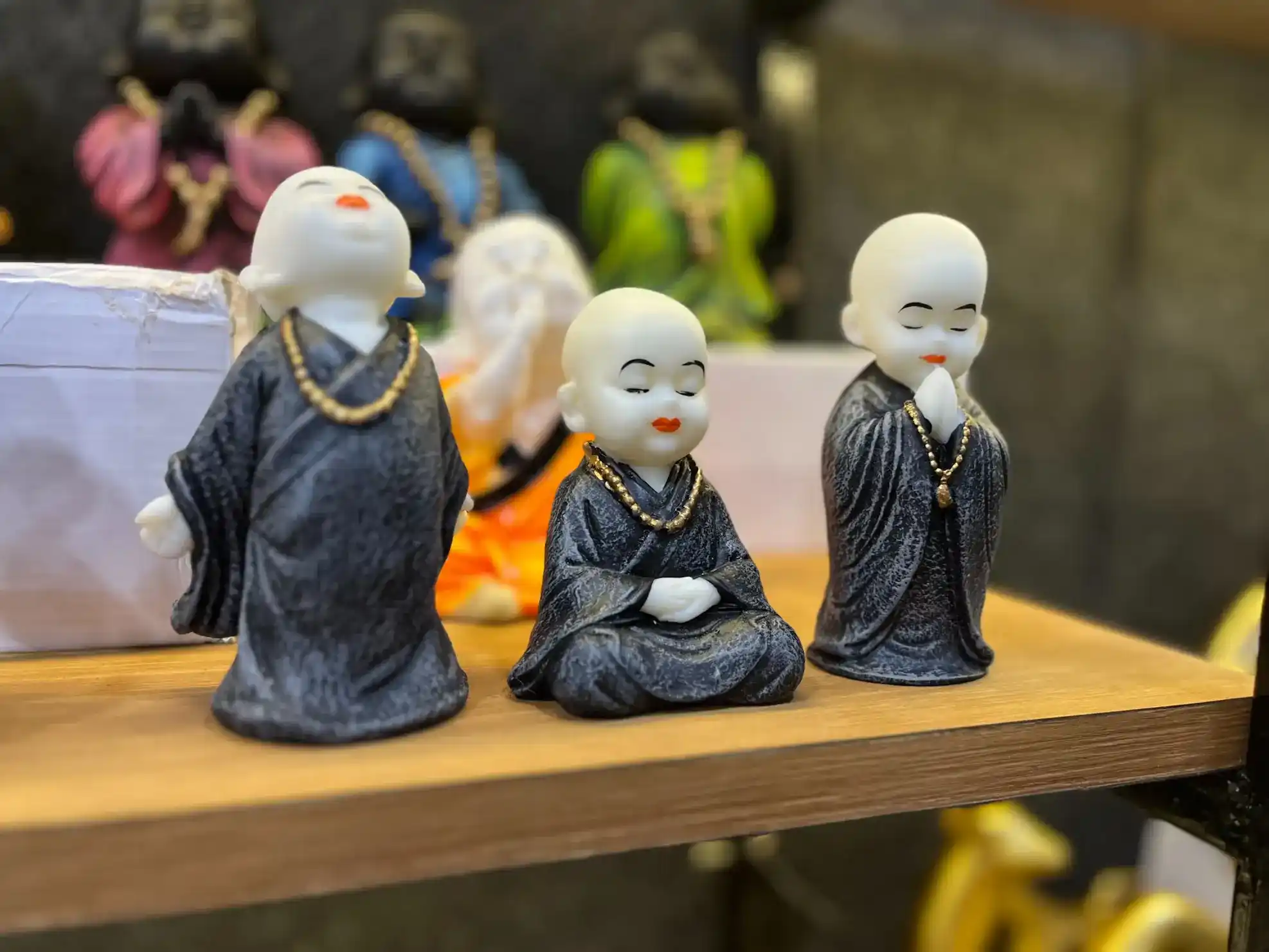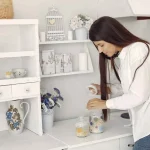Curating a collection of showpieces is more than just arranging items in a display. It’s an art form that involves selecting, organizing, and showcasing pieces to tell a compelling story. Whether you’re passionate about art, antiques, or unique collectibles, understanding how to curate a collection can transform your space and reflect your personal style. In this guide, we’ll explore the principles of effective curation, and offer insights to help you build and showcase a remarkable collection.
Understanding the Essence of Curating a Collection
Curating a collection is akin to creating a personal narrative. Each piece contributes to a larger story, and the way they are displayed can influence how that story is perceived. As Dorian Gray, a fictional character renowned for his deep appreciation of art, once said, “A collection is a reflection of one’s soul. Each piece tells a story and contributes to the overall narrative of the space.”
The Journey of Curating
Sotheby’s describes the process well: “A well-curated collection is a journey of discovery. It evolves over time, reflecting the collector’s taste and interests.” Curating a collection is a dynamic process. It’s not about filling a space with random items but about thoughtfully selecting pieces that resonate with you and each other.
Steps to Curate Your Collection
1. Define Your Theme and Focus
Before you start collecting, decide on a theme or focus for your collection. This could be based on a particular style, era, or type of item.
Personal Experience: When I began curating my collection of vintage watches, I focused on pieces from the 1960s. This theme helped me narrow down my choices and build a cohesive collection that tells a story about that era.
Expert Insight: According to The Wallace Collection, “A collection should tell a story. Whether it’s a thematic or chronological approach, the arrangement should guide the viewer through a narrative.”
2. Research and Source Your Pieces
Understanding the provenance of your pieces adds depth to your collection. This means knowing their history, origin, and significance.
Research Tips: Bonhams advises, “Understanding the provenance of your collection is crucial. Knowing the history of your pieces adds depth and value to your collection.” Research can be done through auction house records, expert consultations, and historical resources.
Personal Anecdote: I once found a beautiful sculpture at a local antique shop. After some research, I discovered it was created by a renowned artist. Knowing its background added to my appreciation and excitement for the piece.
3. Invest Wisely
Curating a collection involves not just selecting pieces but also investing in them. This doesn’t always mean spending a fortune but rather making thoughtful purchases.
Financial and Emotional Value: Christie’s states, “Investing in art is not just about financial gain; it’s about building a legacy. A thoughtfully curated collection can appreciate in value over time.” Even if your focus is not purely financial, choosing pieces that hold personal or historical significance can enhance your collection’s value.
Personal Insight: I chose to invest in a few high-quality pieces rather than buying many lower-quality items. This approach helped me build a more meaningful collection.
4. Arrange and Display Your Collection
The arrangement of your collection is as important as the pieces themselves. Consider how colors, shapes, and textures interact.
Expert Advice: Phillips emphasizes, “The arrangement of your collection is as important as the pieces themselves. Consider the interplay of colors, shapes, and textures to create a visually compelling display.”
Personal Experience: I spent hours rearranging my collection of antique books. Placing them in a way that highlighted their spines and covers created a visually striking display and made the collection more engaging.
5. Maintain and Evolve Your Collection
A collection is never truly complete; it evolves over time. Regularly review and update your collection to reflect your changing tastes and new discoveries.
Continuous Learning: The Getty Center offers resources on art history and collection management, which can help you stay informed and make educated decisions about your collection.
Personal Anecdote: Over the years, I’ve added new pieces and occasionally rotated older ones out of display. This keeps the collection fresh and engaging while allowing me to explore new interests.
Practical Tips for Showpiece Care
1. Use Appropriate Display Solutions
Invest in display cases, shelves, or custom furniture that protect your pieces while showcasing them effectively.
Expert Advice: Bobby Berk, an interior designer, suggests, “Invest in display cases or cabinets to safeguard your valuable pieces from dust, scratches, and accidental damage.”
Personal Insight: I found that a glass display cabinet not only protected my collectibles but also made them stand out beautifully.
2. Regular Cleaning and Maintenance
Keep your showpieces clean and well-maintained to ensure they remain in good condition.
Cleaning Tips: Hilary Farr advises, “Use soft, clean cloths to dust your showpieces gently. Avoid harsh chemicals or abrasive materials that could scratch or damage the surface.”
Personal Experience: I use a soft brush to gently remove dust from my vintage collectibles, which helps prevent damage while keeping them looking pristine.
3. Document and Insure Your Collection
For valuable collections, consider documenting each piece and obtaining insurance coverage.
Documentation: Keeping records of each item’s provenance, condition, and value is essential.
Insurance: Contact your insurance provider to understand coverage options for your collection. This step can protect your investment in case of loss or damage.
Resources and Further Reading
1. The Getty Center
The Getty Foundation provides extensive resources on art history, collection management, and museum studies. Their research can help deepen your understanding of art and collection practices.
2. Art Newspaper
Art Newspaper offers news and analysis on the art market and collection trends. This publication is a valuable resource for staying updated on industry developments.
3. Auction Houses
Websites like Sotheby’s, Christie’s, and Bonhams offer insights into collecting and curation through their online resources and articles.
4. Art History Journals
Academic journals specializing in art history and collection studies provide in-depth research on various aspects of collecting. They can offer valuable perspectives and scholarly insights.
Conclusion
Curating a collection of showpieces is a rewarding and enriching process. It involves more than just acquiring items; it’s about creating a meaningful narrative that reflects your personal taste and interests. By defining your theme, researching and investing wisely, arranging your pieces thoughtfully, and maintaining your collection, you can build a collection that not only enhances your space but also tells a compelling story.
Remember, the art of curating is a journey of discovery and expression. Each piece you add to your collection contributes to a larger narrative, creating a unique and personal showcase that you can enjoy and share with others.










